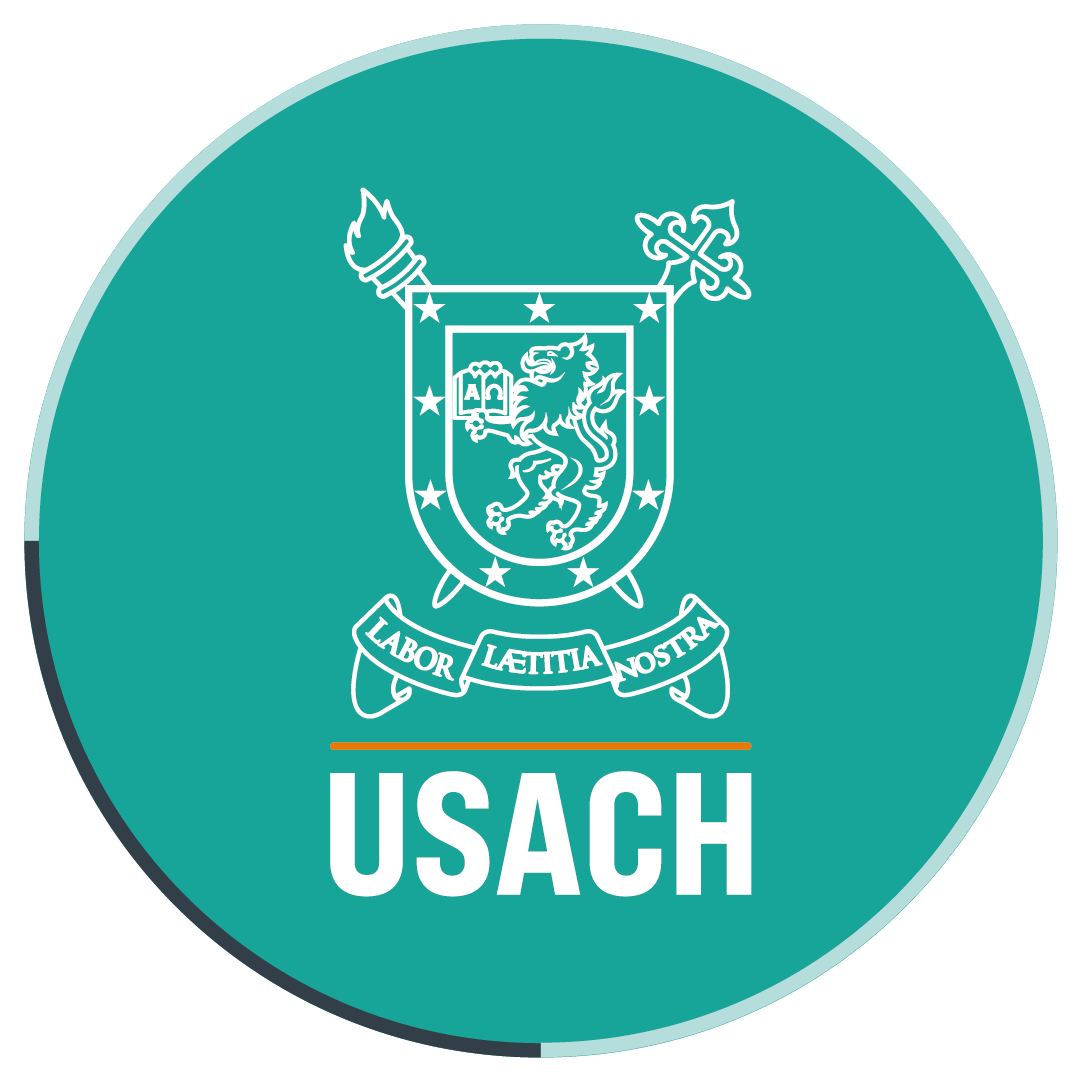Researchers at Universidad de Santiago use a drone to study air pollution
- Monitoring contaminating emissions at a height of 1,500 meters and understanding how contaminant concentrations vary at height depending on factors like the day, the time, humidity and temperature: this was the objective of the project led by Dr Ernesto Gramsch, professor at the Department of Physics at Universidad de Santiago. For this purpose, he is using a drone, an unmanned aerial vehicle that carries all the necessary instruments to collect specific data regarding this problem that affects the health of people living in the Metropolitan Region.
Dr Ernesto Gramsch, professor at the Department of Physics at Universidad de Santiago is leading a research work that has the purpose of comparing the presence of particulate pollutants in the air, particularly between its presence at ground level and at height. The study is funded through a Regular Fondecyt Project (1151117) and is called “Estudio vertical del carbono negro y perfil de temperatura en Santiago y su relación con la contaminación en la superficie” (“Vertical study on black carbon and temperature profile in Santiago and their relation with ground-level pollution.”)
This research project seeks to measure contaminating emissions at a height of 1,500 meters by means of a drone, an unmanned aerial vehicle adapted to carry the necessary equipment, in order to study how concentrations vary depending on factors like the day, the time, humidity and temperature.
Professor Gremsch explains that “just the fact of knowing how pollution works at height is new, because we do not have that information about Santiago. There is some information about other places, but this work has not been fully developed.”
The drone that will make the measurements will fly over Universidad de Santiago and, probably over Pudahuel and La Parva, the researcher says. “We intend to conduct a campaign that allows us to perform observations for two months in a row, twice or three times a day, plus morning and night observations. Then we will compare both measurements,” he adds.
Air pollutants
Depending on their concentration, regulated pollutants can be the most hazardous to people’s health. They are divided into two categories: PM10 and PM25. PM stands for particulate matter. The two categories are different in that the former includes particles of 10 micrometers or less and the latter, particles of 2.5 micrometers or less.
The PM10 is the material that can be breathed through the nose and reach the lungs. PM25 can reach the alveoli, where the gas exchange with blood is produced. This enables particulate matter to pass into blood circulation.
The researcher explains: “We are going to monitor carbon monoxide, nitrogen dioxide, ozone and sulfur dioxide and fine particles- known as PM25 – that includes black carbon.”
Black carbon is a major component of the soot delivered by combustion. It is black, very fine and volatile, so it remains longer in the air. Under this assumption, Dr Gramsch states that “most of the black carbon in Santiago goes to the mountains and glaciers. Therefore, if it is measured at height, we will be able to see how pollution moves to those areas and how it impacts them.”
This study is part of the constant work done by Dr Gramsch, who has already made measurements of concentrations at height. He obtained data related to concentrations at ground level and temperature measures at height. “This is why we want now to compare the concentration measurements both at ground level and at height,” he explains.
Dr Gramsch says that this study can contribute to prevent diseases. If people are aware of the concentration levels of pollutants, they will avoid, for example, intense physical exercise that might affect their airways. Besides, it will help to establish the industrial areas with poor ventilation conditions.
After finishing the project, Dr Gramsch expects to publish and disseminate consolidated information, including all data generated by the measurements made, showing the contrast between contaminating emissions at ground level and at height.

